Home>Interior Design>5 Simple Ways To Embrace Minimalist Decor, According To Experts
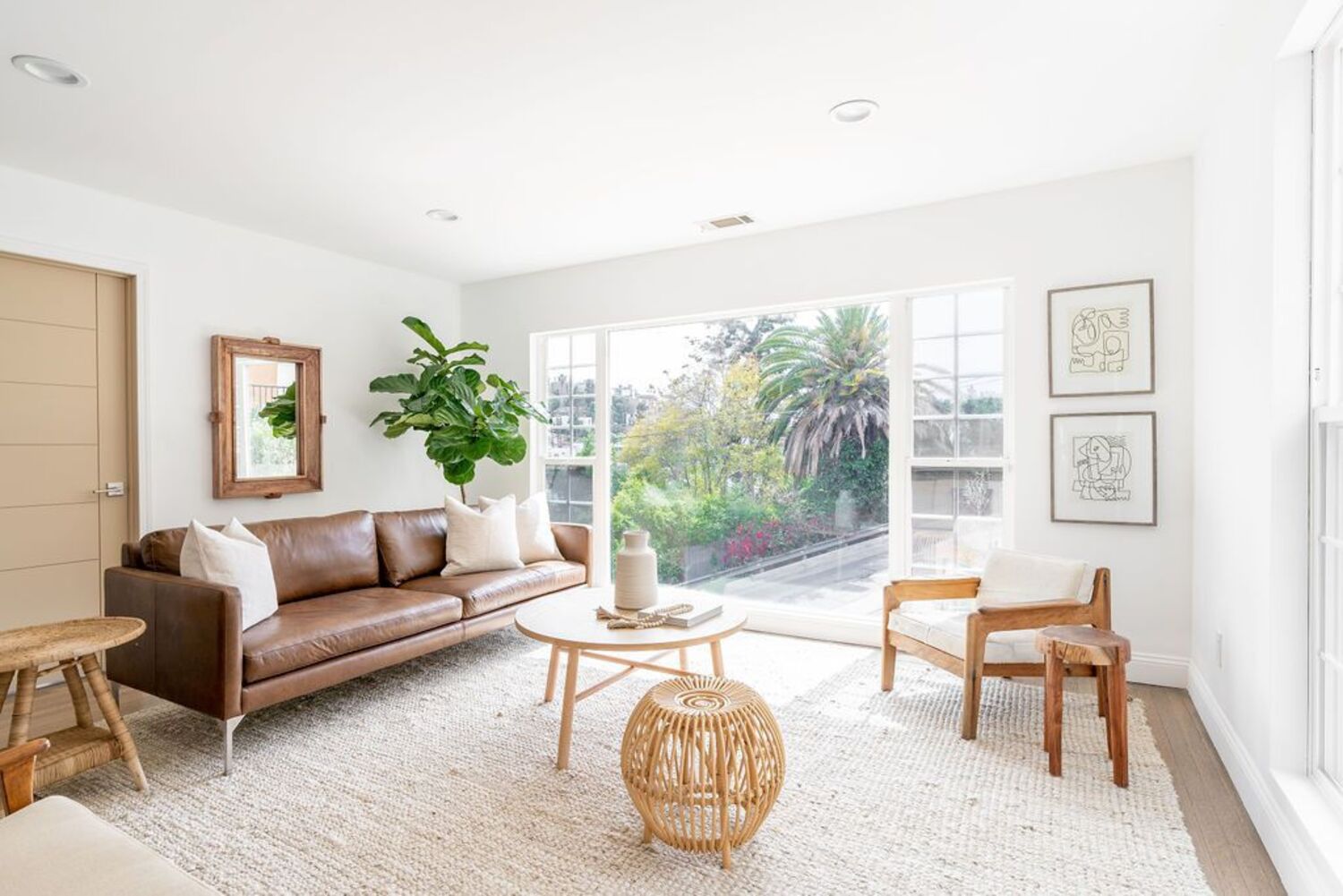

Interior Design
5 Simple Ways To Embrace Minimalist Decor, According To Experts
Modified: January 20, 2024
Learn expert tips on how to incorporate minimalist decor into your interior design. Discover five simple ways to embrace a clean and modern aesthetic for your space.
(Many of the links in this article redirect to a specific reviewed product. Your purchase of these products through affiliate links helps to generate commission for Storables.com, at no extra cost. Learn more)
Decluttering your space
One of the fundamental principles of minimalist decor is decluttering your space. A clutter-free environment not only looks visually appealing but also promotes a sense of calm and tranquility. Here are a few simple yet effective ways to declutter your space:
- Edit and organize: Start by going through each room and identifying items that you no longer need or use. Be ruthless in your decision-making process. Once you’ve identified the items to let go of, organize what remains in a logical and efficient manner. Utilize storage solutions such as baskets, bins, and shelves to keep things neat and tidy.
- Clear surfaces: Minimalist decor is characterized by clean, clear surfaces. Keep countertops, tables, and other surfaces free from excessive objects. Only display a few carefully selected items that are both functional and aesthetically pleasing.
- Adopt a one-in, one-out policy: To prevent clutter from accumulating in the future, make a commitment to follow a one-in, one-out policy. For every new item you bring into your space, get rid of an old one. This encourages mindful consumption and helps maintain a clutter-free environment.
- Create designated storage areas: Establish designated storage areas for different types of items. For example, designate a specific drawer or box for paperwork, another for electronic devices and cables, and so on. Having designated storage areas not only helps keep things organized but also makes it easier to find what you need when you need it.
- Digitize where possible: Embrace the digital age and consider digitizing documents, photos, and other physical items whenever possible. This not only saves space but also reduces the need for physical clutter.
By implementing these decluttering strategies, you’ll be well on your way to creating a minimalist and organized space that promotes a sense of serenity and simplicity.
Key Takeaways:
- Embracing minimalist decor involves decluttering, utilizing storage solutions, and adopting a one-in, one-out policy to create a serene and organized space.
- Choosing a neutral color palette, incorporating natural elements, and investing in multi-functional furniture are essential for creating a timeless and serene minimalist environment.
Choosing a neutral color palette
When it comes to minimalist decor, choosing a neutral color palette is key. Neutral colors provide a clean and understated backdrop that allows the focus to be on the simplicity and elegance of the space. Here are some tips to help you choose the right neutral colors for your minimalist design:
- Start with white: White is the epitome of minimalism and works well as the base color for your space. It creates a sense of openness and brightness, making the room feel larger and more airy. Consider using different shades of white to add depth and variation to the space.
- Explore shades of gray: Gray is another popular choice for minimalist decor. It adds a touch of sophistication and depth to your space. Play with different shades of gray, from light silvers to darker charcoals, to create a balanced and harmonious color scheme.
- Consider muted earth tones: Earth tones, such as beige, taupe, and warm browns, can add warmth and a sense of coziness to a minimalist space. These colors create a natural and organic ambiance and can be complemented with natural materials like wood and stone.
- Accent with soft pastels: While neutral colors are the foundation of minimalist decor, you can also incorporate soft pastels for subtle pops of color. Pale blues, blush pinks, and light greens can introduce a subtle layer of depth and tranquility into your space.
- Experiment with textures: Remember that neutral doesn’t have to mean boring. Mix and match different textures, such as linen, wool, and velvet, in your chosen color palette. This will add visual interest and dimension to your space.
When selecting your neutral color palette, keep in mind the mood and atmosphere you want to create in each room. Lighter neutrals can make a room feel more open and spacious, while darker neutrals can add a sense of coziness and intimacy. Consider the natural light in your space as well, as it can affect how the colors appear.
By choosing a neutral color palette for your minimalist decor, you can create a timeless and serene environment that allows the beauty of simplicity to shine through.
Incorporating natural elements
A key aspect of minimalist decor is bringing in elements from nature to create a sense of harmony and tranquility in the space. By incorporating natural elements, you can infuse your home with a grounding and organic ambiance. Here are some ideas to help you incorporate natural elements into your minimalist design:
- Use natural materials: Opt for furniture and decor made from natural materials like wood, bamboo, rattan, and stone. These materials add warmth and texture to the space while maintaining a simple and timeless aesthetic.
- Showcase indoor plants: Indoor plants are not only visually appealing but also provide numerous health benefits. They purify the air, increase oxygen levels, and create a calming atmosphere. Choose low-maintenance plants like succulents or snake plants to add a touch of greenery without overwhelming the space.
- Embrace natural light: Maximize the amount of natural light in your space to create a bright and airy feel. Remove heavy curtains or blinds and let the sunlight stream in. Use sheer curtains or light-filtering shades to maintain privacy while still allowing natural light to fill the room.
- Integrate natural textures: Incorporate natural textures into your decor to add visual interest and depth. Consider using woven baskets, textured rugs, or linen curtains to bring a tactile element to the space.
- Display natural artwork: Incorporate artwork or photographs that depict natural landscapes, plants, or animals. These pieces not only add a visual connection to nature but also serve as a focal point in the room.
- Add water features: If space allows, consider incorporating a water feature such as a small tabletop fountain or a wall-mounted water feature. The sound of flowing water creates a soothing and tranquil atmosphere.
By incorporating natural elements into your minimalist decor, you can create a space that feels connected to the outdoors and promotes a sense of peace and harmony. Remember to keep the overall design simple and uncluttered, allowing the natural elements to take center stage.
When embracing minimalist decor, focus on decluttering and keeping only the essentials. Choose neutral colors, incorporate natural materials, and invest in multifunctional furniture to maximize space.
Investing in multi-functional furniture
In a minimalist space, functionality is key. One way to maximize the functionality of your space is by investing in multi-functional furniture. These clever pieces serve multiple purposes, allowing you to make the most of your limited square footage. Here are some ideas for incorporating multi-functional furniture into your minimalist design:
- Sofa beds: A sofa bed is a versatile piece of furniture that can serve as both a comfortable seating option and a guest bed when needed. It’s a great space-saving solution for smaller living rooms or studio apartments.
- Storage ottomans: Choose an ottoman that doubles as a storage unit. These ottomans provide a place to rest your feet while also offering hidden storage space for blankets, pillows, or other items you want to keep out of sight.
- Extendable dining tables: Look for dining tables with extendable leaves or modular designs that can adapt to different occasions. This allows you to host dinner parties or family gatherings without sacrificing valuable floor space on a permanent large dining table.
- Folding desks: If you need a workspace but have limited room, consider a folding desk that can be easily tucked away when not in use. These desks provide a dedicated space for work or study without taking up unnecessary space.
- Wall-mounted shelves with a pull-out desk: Opt for wall-mounted shelves that can double as a workspace. Some shelves feature a pull-out desk or a fold-down table, providing a functional workspace that can be hidden away when not in use.
- Convertible storage units: Invest in storage units that can transform and adapt to your needs. For example, a bookshelf that can also serve as a room divider or a TV console that can be converted into a bar cabinet. These multi-purpose storage units maximize functionality while maintaining a streamlined aesthetic.
When selecting multi-functional furniture, consider your specific needs and the layout of your space. Think about how you can optimize each piece to serve multiple purposes and make the most of the available square footage. Remember to prioritize quality and durability, as these pieces will be heavily used and need to withstand the test of time.
By investing in multi-functional furniture, you can create a minimalist space that is both stylish and practical, allowing you to live comfortably without sacrificing functionality.
Utilizing smart storage solutions
In a minimalist design, effective storage solutions are essential to maintain a clutter-free and organized space. By utilizing smart storage solutions, you can optimize your available space and keep your belongings neatly tucked away. Here are some tips for maximizing storage in your minimalist decor:
- Utilize vertical space: Make the most of your vertical space by installing tall shelving units or wall-mounted cabinets. This allows you to store items off the floor and frees up valuable square footage.
- Install floating shelves: Floating shelves are a great way to display items while keeping the space visually open and clutter-free. Place them in areas such as the living room, bedroom, or kitchen to store books, decorative items, or kitchen essentials.
- Use under-bed storage: Utilize the space under your bed by investing in storage containers specifically designed for this purpose. This allows you to store off-season clothing, extra bedding, or other items you don’t frequently use.
- Opt for furniture with built-in storage: Choose furniture pieces that offer hidden storage compartments, such as ottomans with removable tops, coffee tables with drawers, or beds with built-in drawers. These pieces provide extra storage space without taking up additional room.
- Invest in modular storage systems: Consider modular storage systems that can be customized to fit your specific needs. These systems typically include adjustable shelves, drawers, and compartments, allowing you to create a personalized storage solution.
- Label and categorize: To maintain an organized space, label your storage containers and categorize items accordingly. This not only helps you find what you need more easily but also ensures that everything has a designated place.
- Maximize closet space: Make the most of your closet space by installing additional shelving, hooks, and organizers. Utilize slim hangers and folding techniques to maximize vertical and horizontal space within your wardrobe.
- Think outside the box: Look for unconventional storage solutions that fit your specific needs. For example, utilize the space behind doors by installing hooks or over-door organizers, or use tension rods in cabinets to create additional vertical storage.
Remember, the key to smart storage is to keep only what you truly need and to regularly declutter and reassess your belongings. By optimizing your storage solutions, you can maintain a minimalist and well-organized space that promotes a sense of calm and simplicity.
Frequently Asked Questions about 5 Simple Ways To Embrace Minimalist Decor, According To Experts
Was this page helpful?
At Storables.com, we guarantee accurate and reliable information. Our content, validated by Expert Board Contributors, is crafted following stringent Editorial Policies. We're committed to providing you with well-researched, expert-backed insights for all your informational needs.
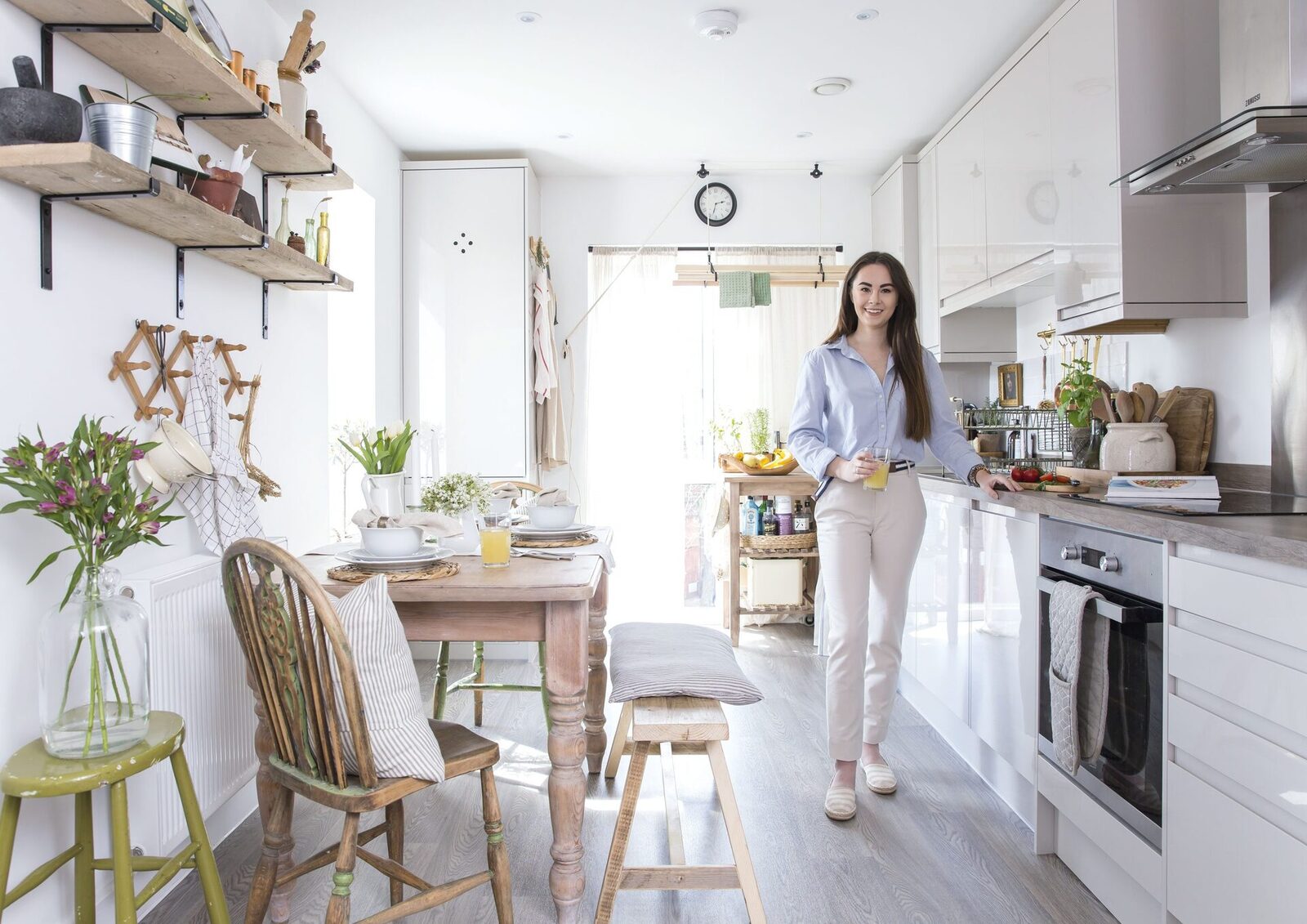

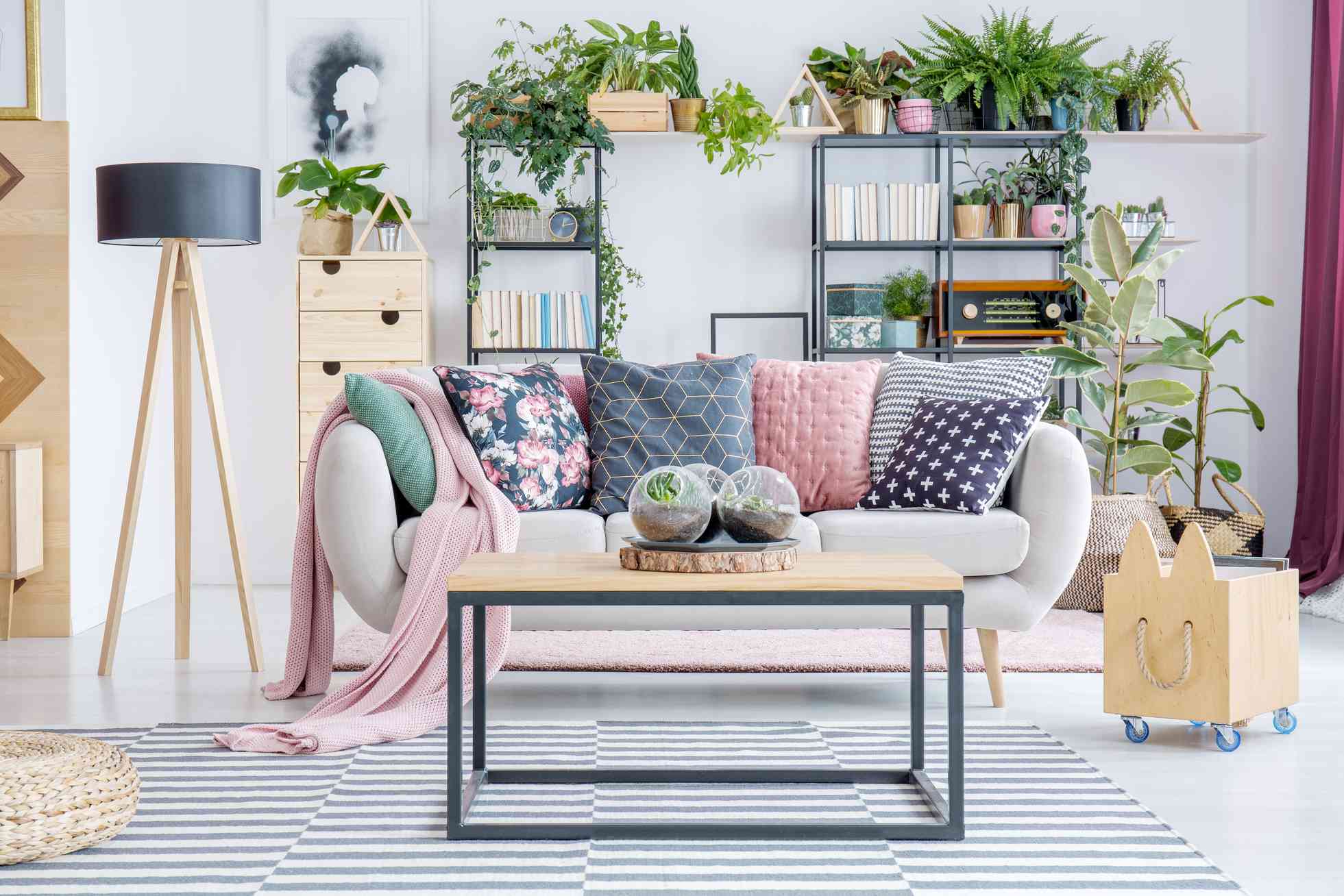
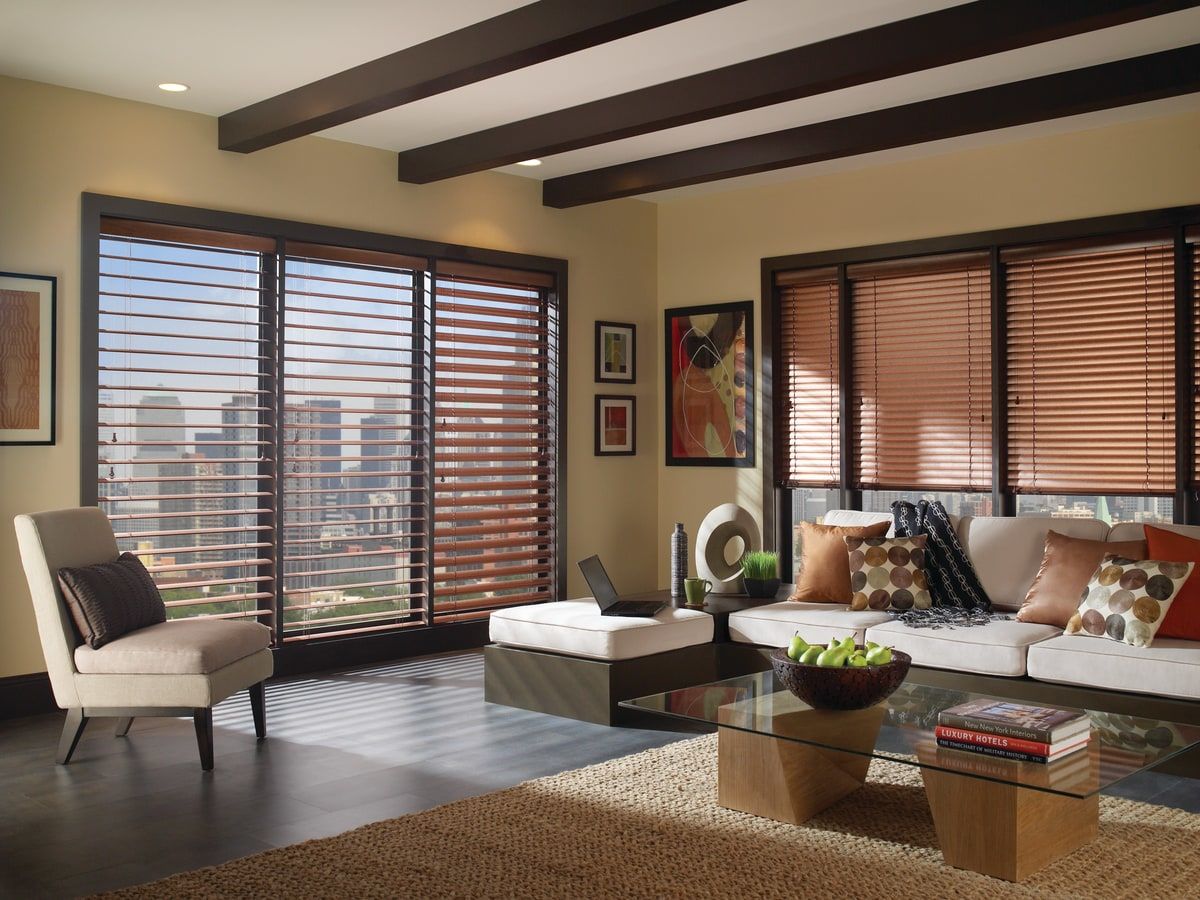
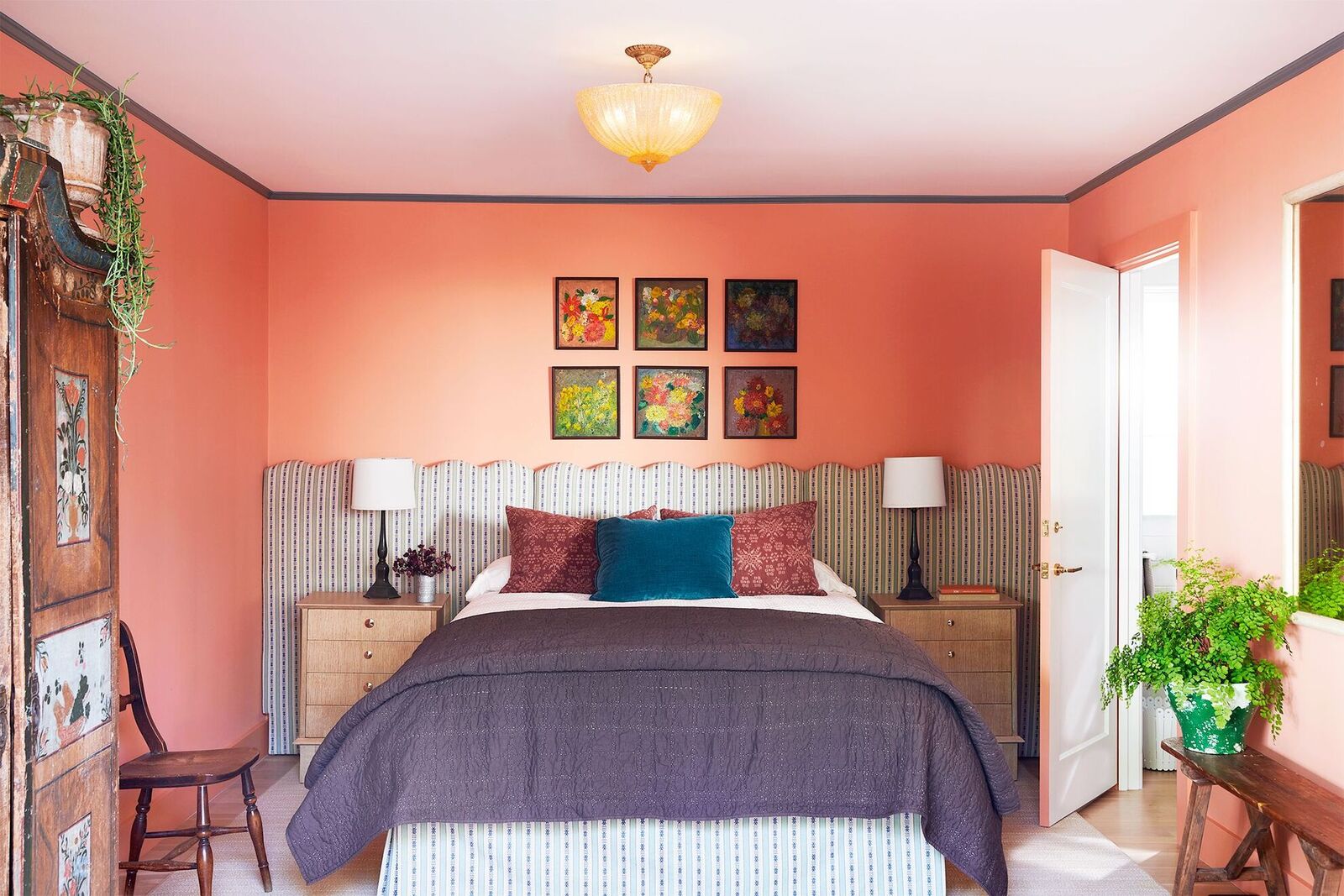
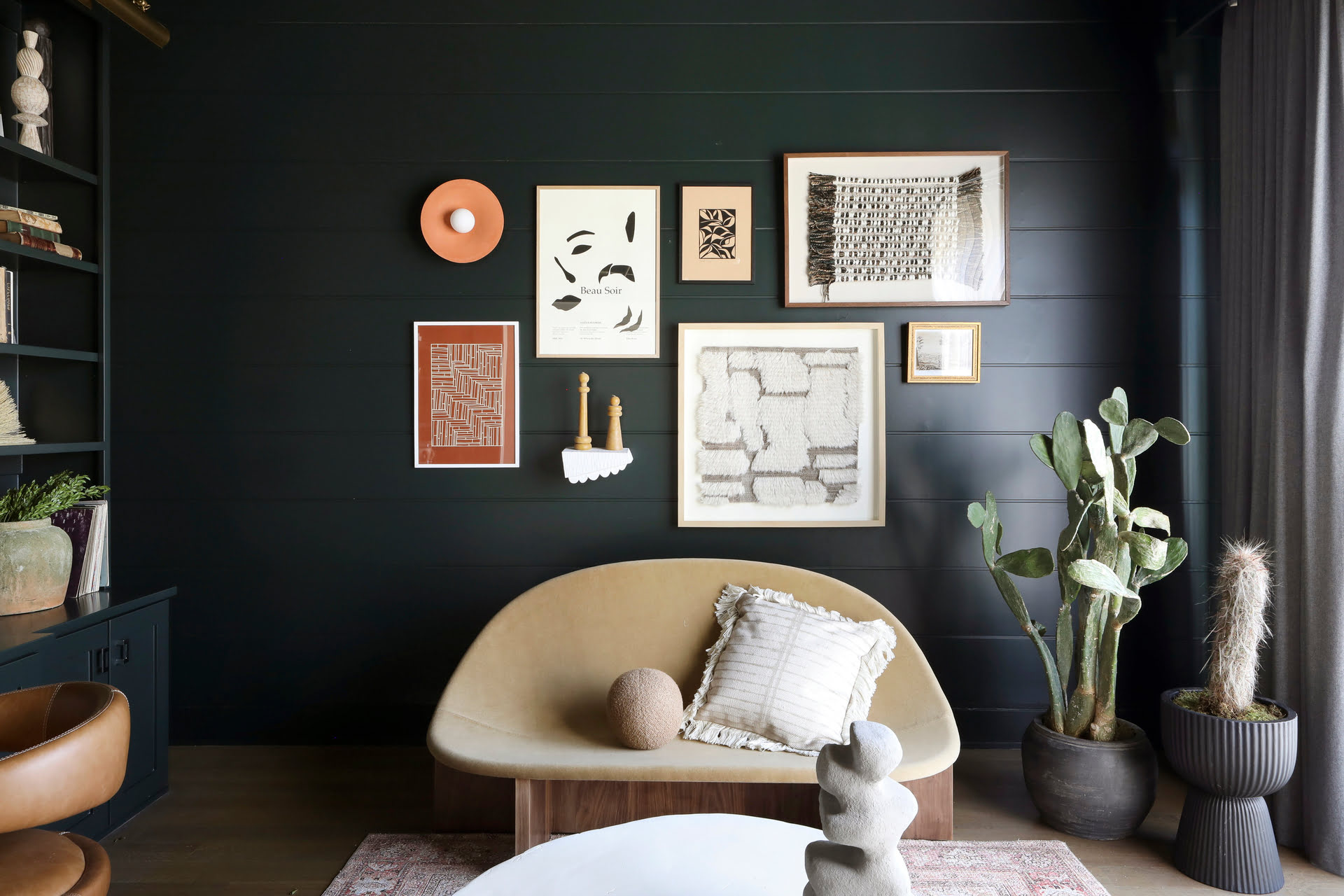
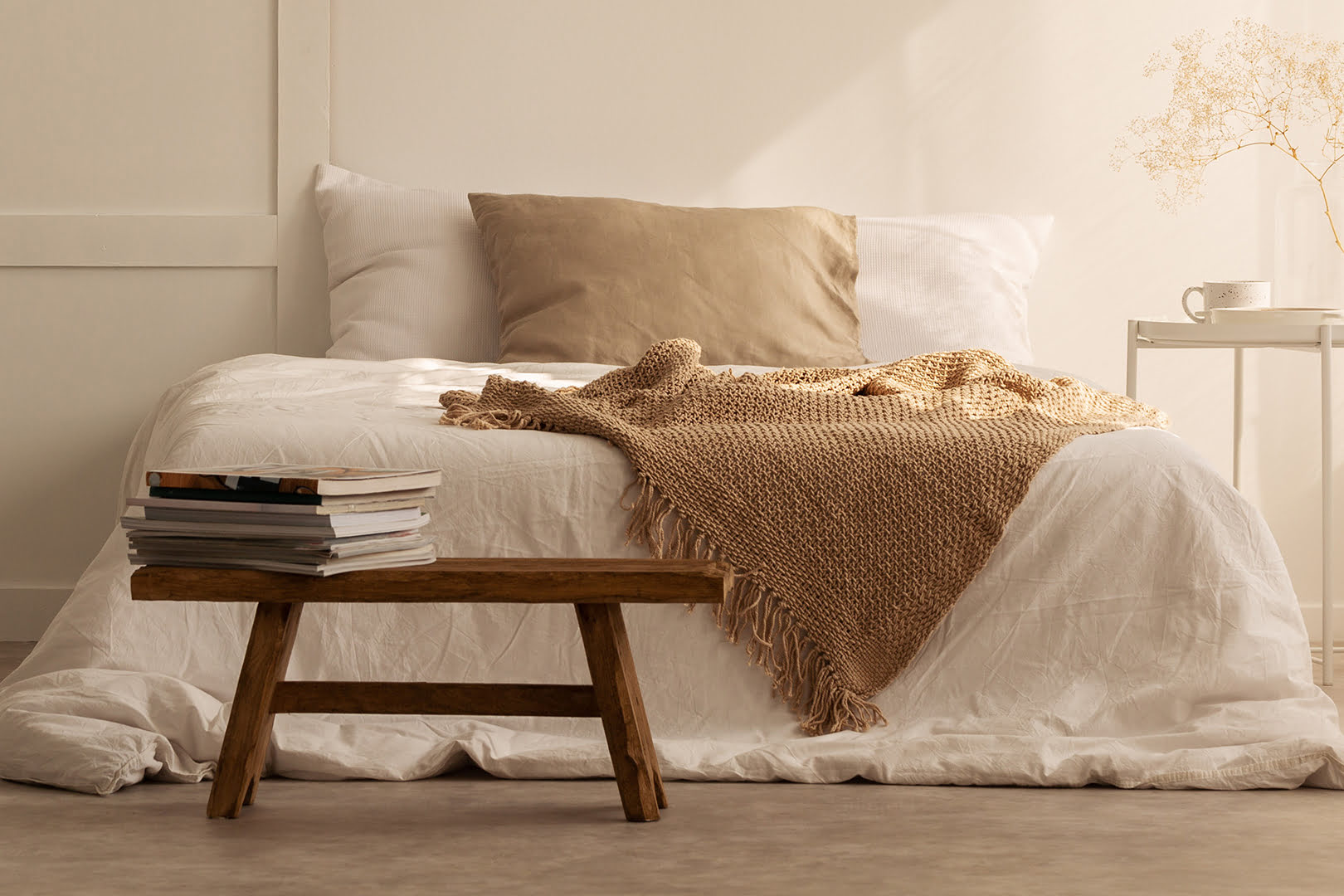
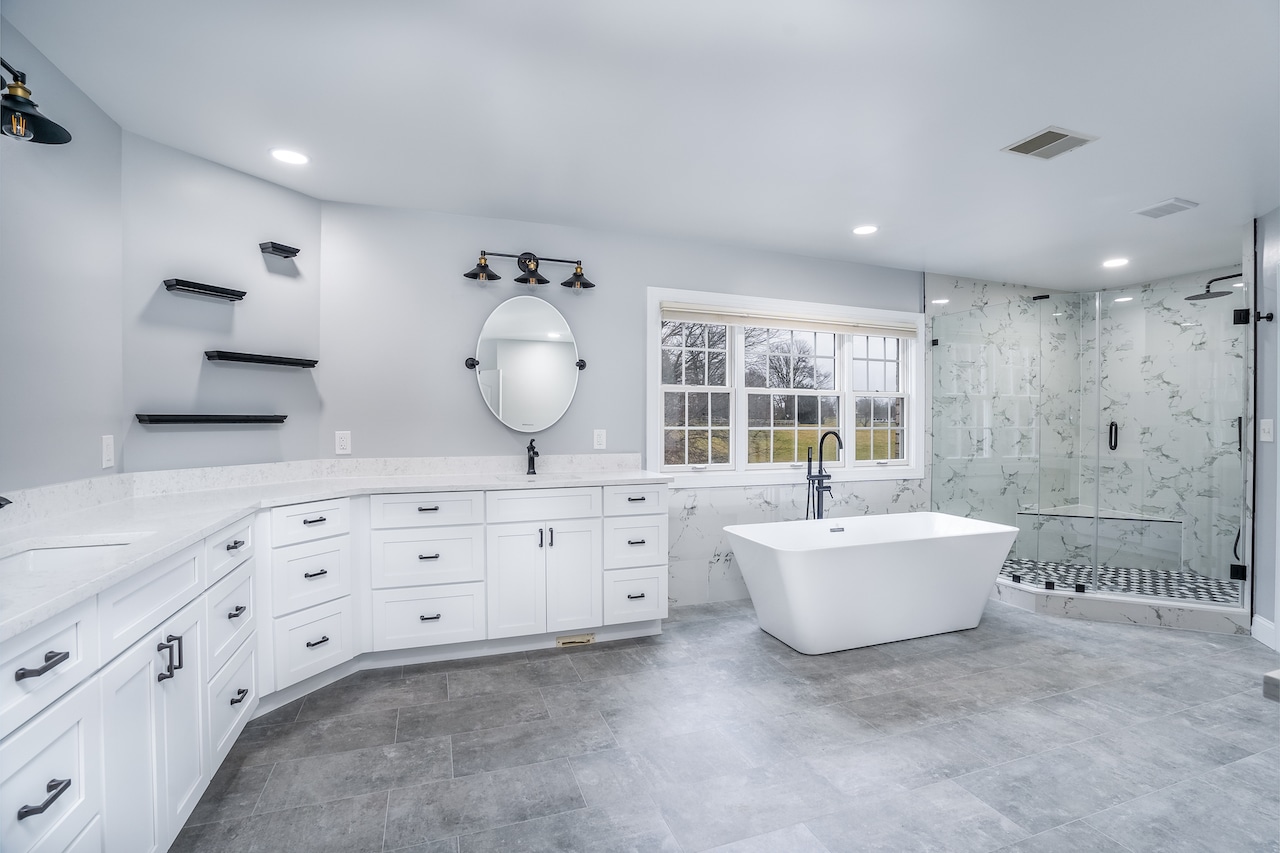
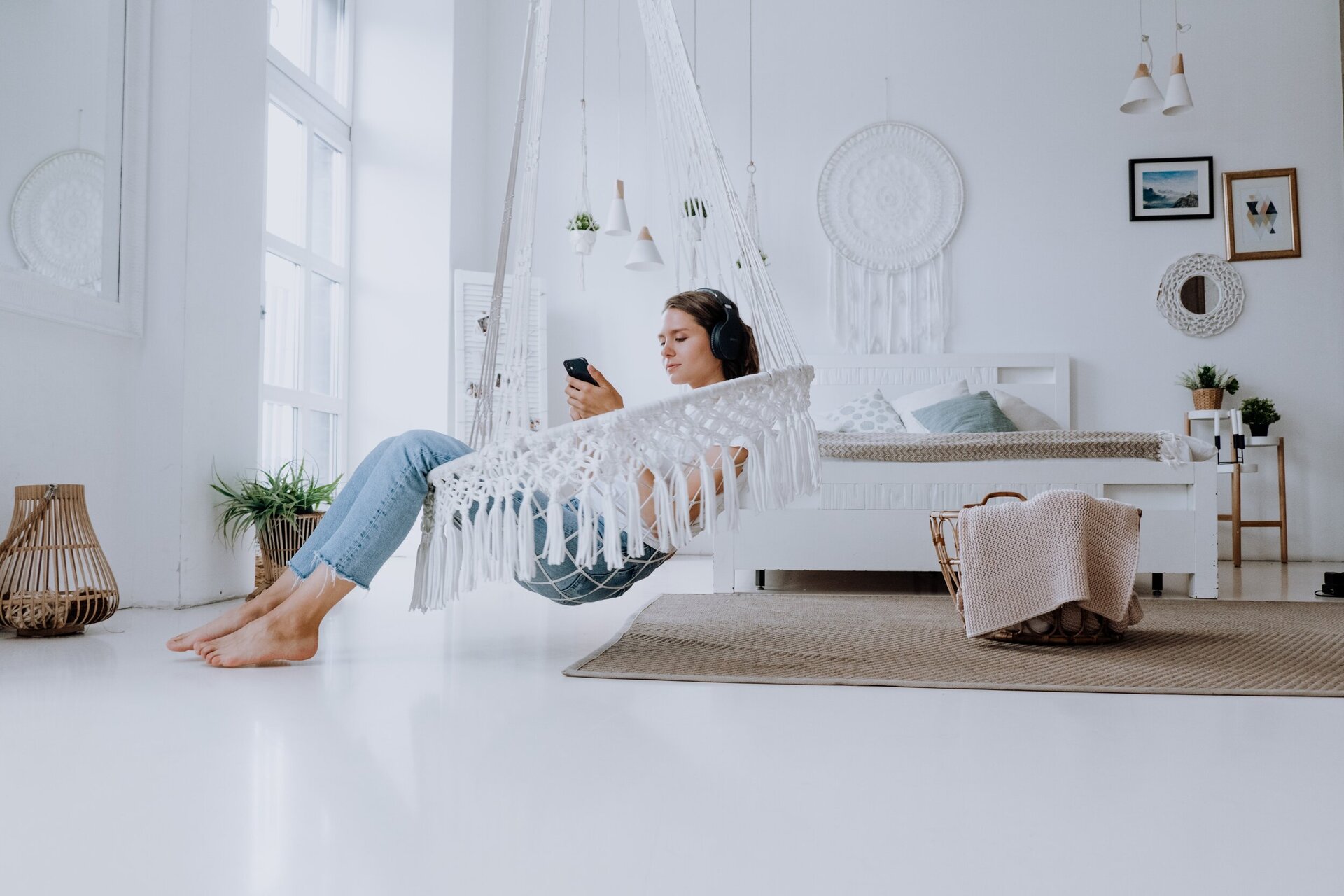
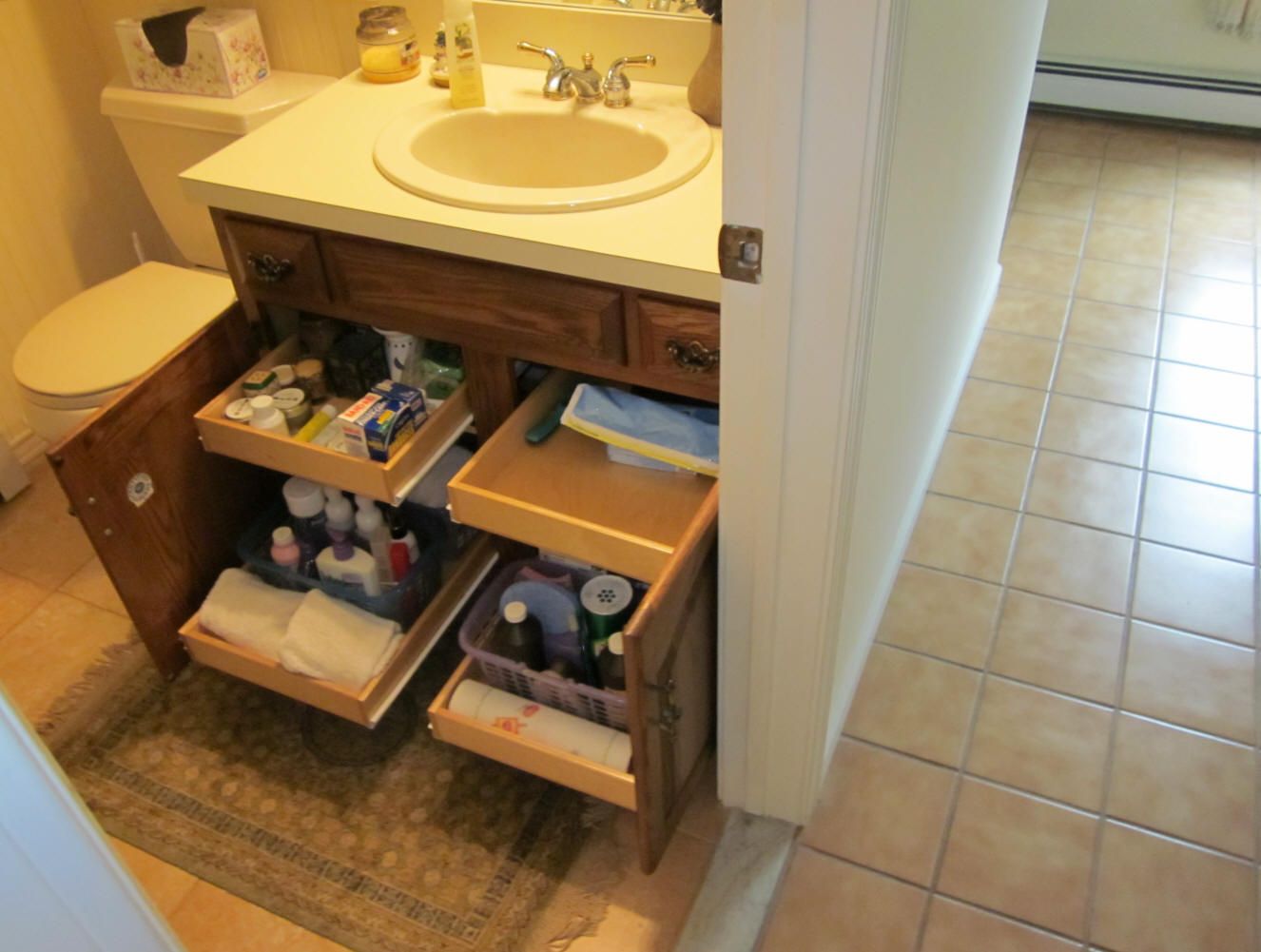
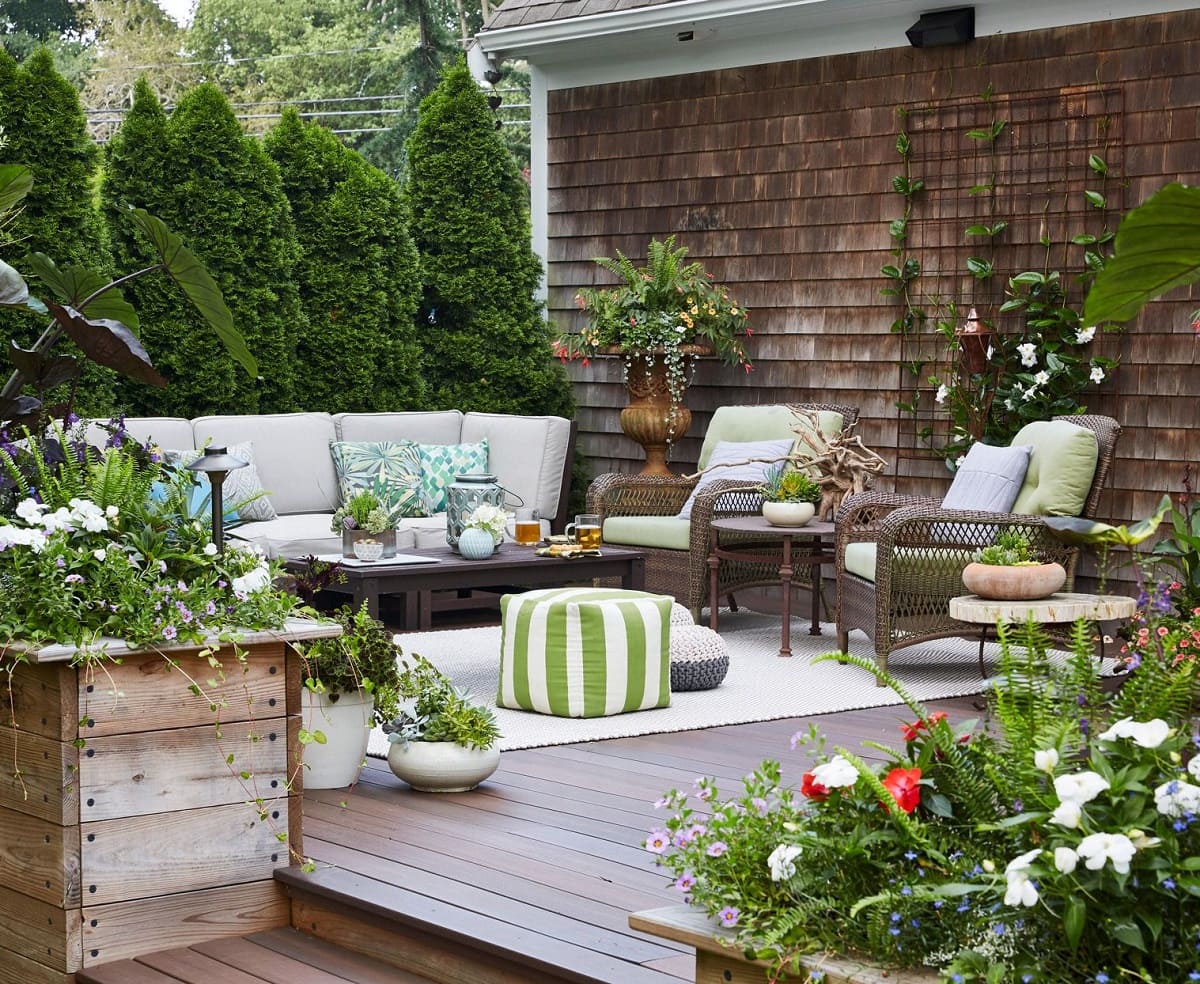
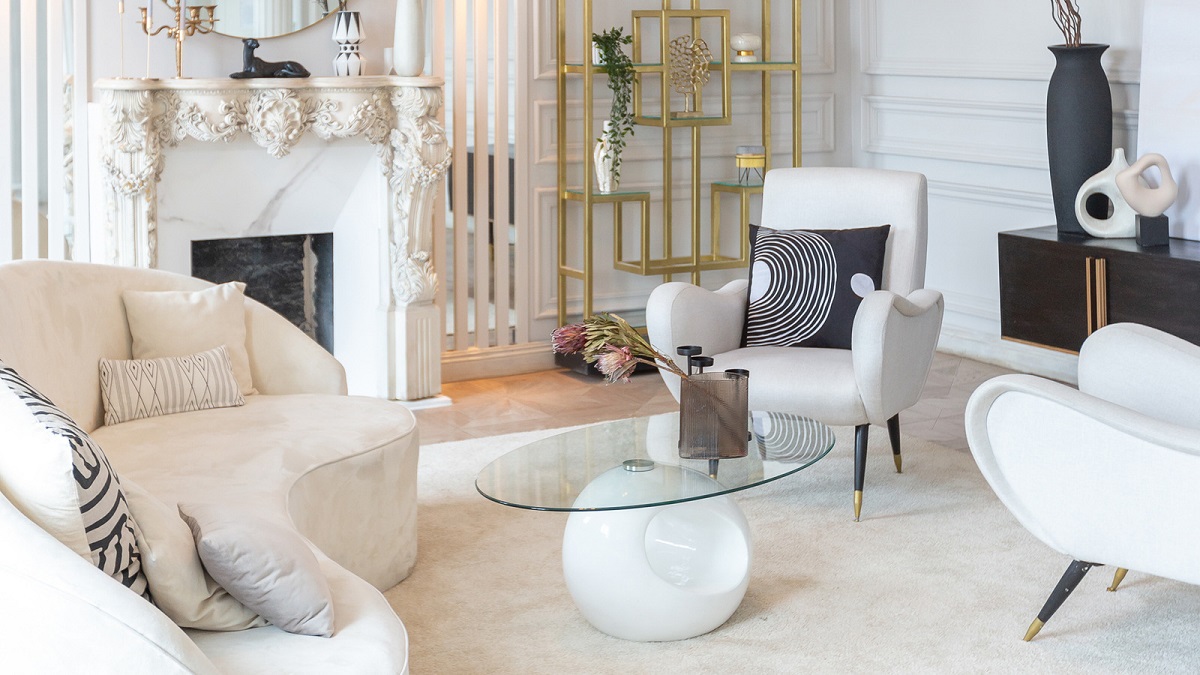
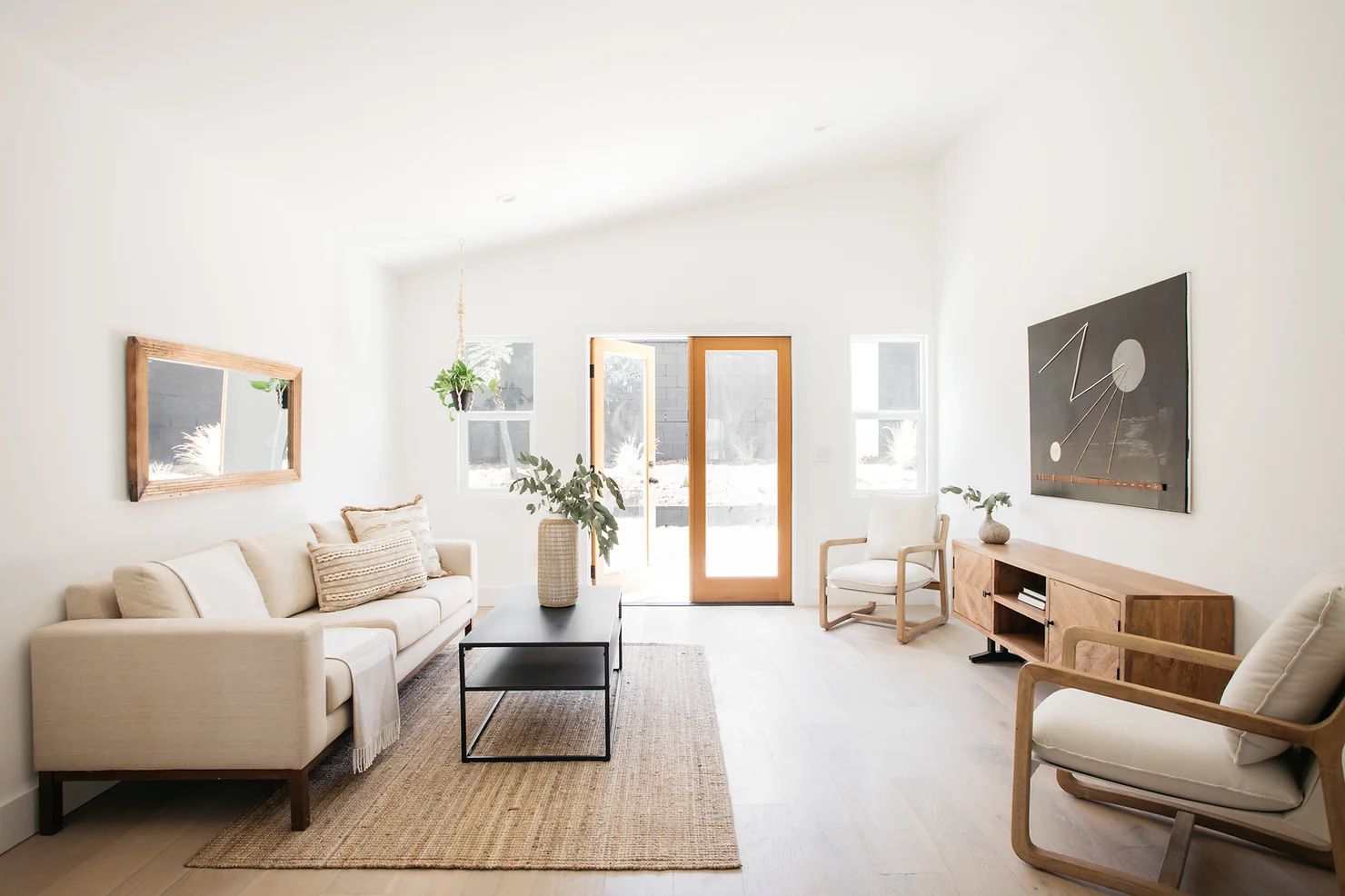

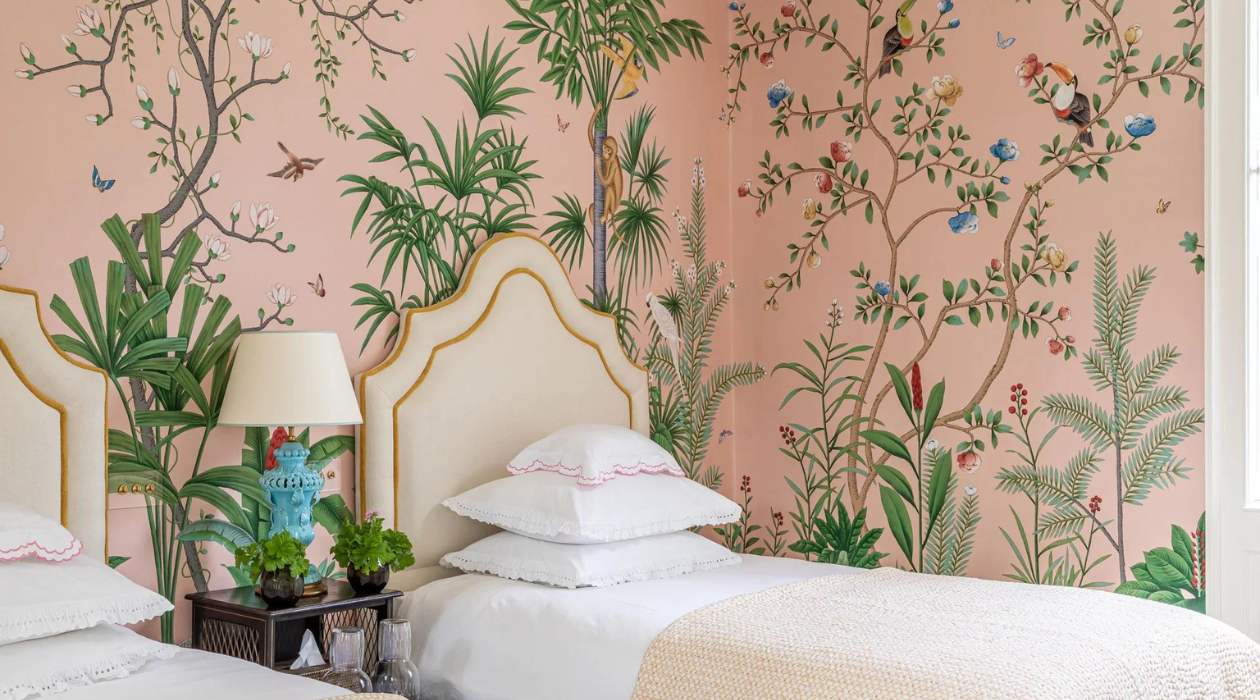

0 thoughts on “5 Simple Ways To Embrace Minimalist Decor, According To Experts”